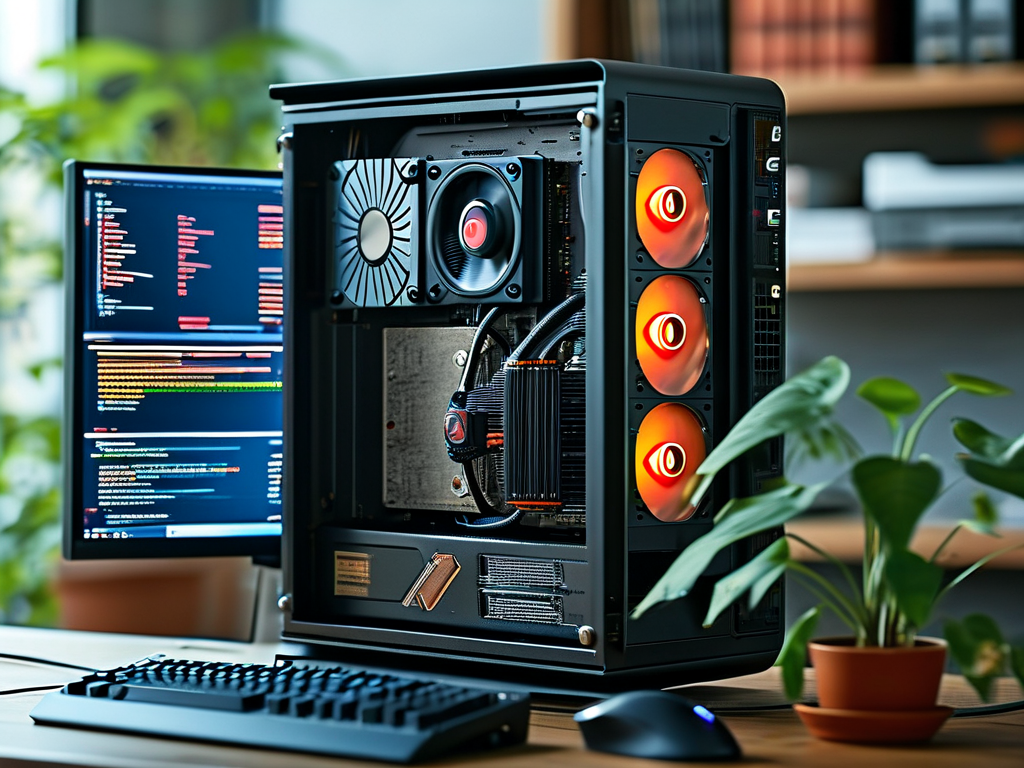The efficient operation of computer virtual memory remains a cornerstone of modern computing systems, yet its effectiveness hinges on multiple interdependent factors. This article explores seven critical elements that determine virtual memory behavior and performance, offering technical insights for developers and system administrators.

1. Physical Memory Capacity
At its core, virtual memory extends physical RAM through disk storage, but this relationship isn't unilateral. When physical memory becomes saturated, the system increasingly relies on slower disk-based page files. Research shows that systems with less than 8GB RAM experience 3-5x more page faults compared to 16GB configurations during multitasking operations. The ratio between physical memory and virtual memory allocation significantly impacts application responsiveness.
2. Storage Medium Speed
Swap file performance directly correlates with storage device capabilities. Traditional HDDs with 5400 RPM exhibit average page swap latency of 12-15ms, while NVMe SSDs reduce this to 0.1-0.3ms. This disparity explains why upgrading to solid-state drives often yields more noticeable virtual memory improvements than simply expanding RAM capacity.
3. Memory Management Algorithms
Operating systems employ sophisticated page replacement strategies like LRU (Least Recently Used) and FIFO (First-In First-Out). Windows NT family systems since XP have utilized modified clock algorithms that combine usage tracking with aging counters. These algorithms determine which memory pages get evicted first, directly affecting cache hit rates. Poor page selection can lead to "thrashing" scenarios where the system spends more time swapping data than executing tasks.
4. Application Memory Patterns
Software with predictable memory access patterns (e.g., sequential data processing) allows better prefetching and page locking. Conversely, random-access-heavy applications like databases force more frequent TLB (Translation Lookaside Buffer) flushes. Developers can optimize virtual memory usage through techniques like memory pooling and cache-aware data structures.
5. Page File Configuration
Default system-managed page files sometimes create performance bottlenecks. Enterprise servers often benefit from fixed-size page files placed on dedicated storage partitions. For instance, splitting swap space across multiple physical drives can parallelize I/O operations, though this requires careful coordination with RAID configurations.
6. Multitasking Workload Characteristics
Virtual memory systems face greatest strain under competing memory demands. A Chrome browser with 50 tabs might require 4GB of committed memory, while background services like antivirus scanners add persistent low-level pressure. Memory compression techniques in modern OSes like Windows 10 and macOS help mitigate swap file overuse by temporarily packing less-active pages.
7. Hardware Memory Hierarchy
Modern processors employ multi-level caching that interacts with virtual memory systems. The MMU (Memory Management Unit) translates virtual addresses while coordinating with L3 caches. ARM architectures implement variable page sizes (4KB-64KB) to accommodate different workload types, demonstrating how silicon design influences virtual memory efficiency.
A practical experiment using Linux's vmstat utility reveals these interdependencies:
# Monitor virtual memory statistics
vmstat -w 1
procs -----------------------memory---------------------- ---swap-- -----io----
r b swpd free buff cache si so bi bo
2 0 384576 184004 291220 1608444 0 0 28 34 The si (swap-in) and so (swap-out) columns quantify swap activity, while buff/cache shows kernel-level memory management.
Emerging technologies like Intel's Optane Persistent Memory blur traditional virtual memory boundaries by introducing byte-addressable non-volatile storage tiers. Such innovations promise to redefine virtual memory architectures, potentially eliminating mechanical swap operations altogether.
For optimal virtual memory tuning, administrators should:
- Profile application working sets using tools like Valgrind
- Align page file sizes with peak commit charge requirements
- Implement tiered storage solutions combining RAM, SSD, and NVM technologies
- Schedule memory-intensive tasks during off-peak periods
As cloud computing and containerization evolve, virtual memory management faces new challenges in shared-resource environments. Kubernetes' current limitations in NUMA-aware scheduling highlight ongoing gaps in distributed virtual memory optimization—an area ripe for future research.
Understanding these multidimensional relationships enables better system design decisions, from selecting appropriate hardware specs to configuring OS-level memory parameters. While virtual memory operates transparently for most users, its proper management remains vital for maintaining smooth computing experiences across devices and platforms.


